Customizable Customer Surveys: Enhance Feedback

Modern businesses thrive by understanding what their audiences truly want through customizable customer surveys. In a competitive market, capturing authentic insights separates industry leaders from the rest. Advanced survey tools now empower organizations to gather precise data that fuels smarter decisions and stronger relationships.
Platforms like SurveyPlanet demonstrate this shift. With over 300 million questions answered, their free tools help corporations, universities, and governments design professional surveys. Users share these questionnaires online and analyze results through intuitive dashboards—all while maintaining high response rates.
These solutions eliminate guesswork by turning raw feedback into actionable strategies. Companies measure satisfaction levels, spot improvement areas, and align operations with real client needs. Branded templates ensure every survey reflects an organization’s identity, building trust during data collection.
Scalability remains critical. Whether managing a startup or enterprise, adaptable platforms grow with business demands. They streamline feedback loops, accelerate analysis, and support changes that directly enhance user experiences. This approach transforms casual opinions into strategic assets.
Key Takeaways
- Authentic audience insights drive competitive advantage in fast-paced markets
- Professional survey tools convert feedback into measurable business strategies
- Branded questionnaires maintain corporate identity while boosting response rates
- Data-driven decisions align operations with actual client expectations
- Scalable solutions adapt to organizations of all sizes and industries
Overview of Customizable Customer Surveys
A survey serves as a structured method to capture insights through targeted questions. These tools enable organizations to collect both numerical metrics and detailed opinions from specific groups. By blending quantitative and qualitative approaches, businesses gain multidimensional perspectives to inform strategies.
Modern platforms provide adaptable question formats ranging from multiple-choice to open-ended prompts. Visual themes and branching logic create dynamic experiences that keep participants engaged. This flexibility ensures each interaction aligns with brand aesthetics while maintaining focus on core objectives.
Geographic barriers dissolve as digital solutions distribute questionnaires globally within minutes. Enterprises save resources compared to traditional paper-based methods while gathering statistically significant samples. Automated triggers during post-purchase follow-ups or service interactions streamline real-time feedback collection.
Advanced systems integrate with CRM software and analytics dashboards, transforming raw responses into organized datasets. This connectivity supports trend identification across departments—from product teams to support staff. Decision-makers access filtered results to prioritize improvements that directly address user needs. As organizations seek to enhance their customer service, the best CRM for customer support 2025 will emerge as a crucial tool for streamlining communication and tracking customer interactions. By leveraging advanced data analytics and machine learning, these systems will further refine insights, enabling teams to tailor their strategies to foster deeper customer relationships. This proactive approach not only drives satisfaction but also contributes to long-term loyalty and business growth.
Standardized frameworks minimize subjective interpretations during analysis. Predefined rating scales and demographic filters ensure consistent evaluation criteria across diverse audiences. Such precision helps organizations identify patterns while reducing skewed conclusions from unstructured input methods.
The Importance of Customer Feedback in Driving Business Success
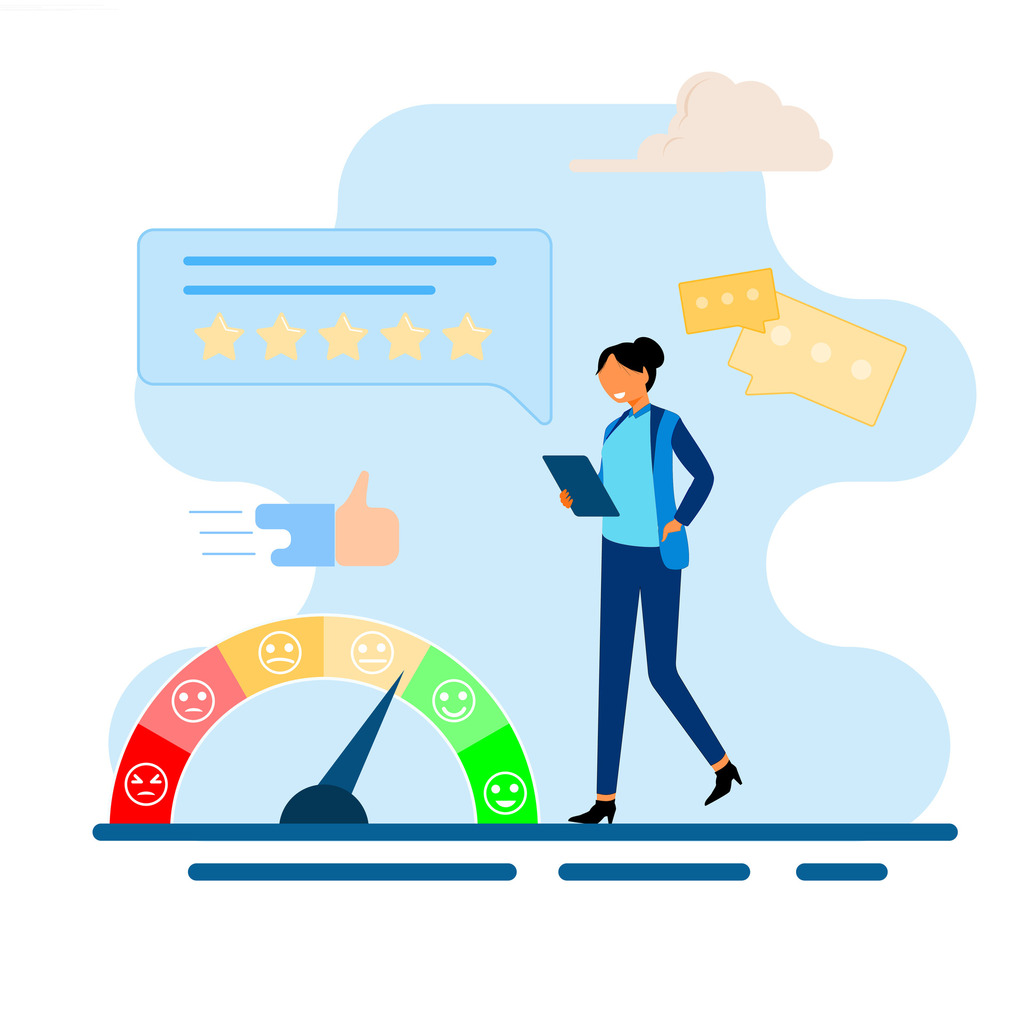
Organizations that value user opinions outperform competitors. Research shows 70% of Americans pay 13% more for brands delivering exceptional service. This loyalty directly impacts revenue: companies using systematic feedback achieve 15-20% higher cross-sell success.
Eight in ten executives admit poor client engagement drains sales. Structured input channels solve this by revealing operational gaps. For example, a telecom firm redesigned its billing process after feedback exposed confusing charges—resulting in 28% fewer service calls.
| Metric | Feedback-Focused Companies | Industry Average |
|---|---|---|
| Repeat Purchase Rate | 67% | 43% |
| Service Spend Premium | +13% | +4% |
| Cross-Sell Effectiveness | 19% | 11% |
Businesses leveraging these insights build stronger relationships. A retail chain increased lifetime value by 33% after acting on product return complaints. Objective data replaces guesswork, aligning strategies with real needs.
Prioritizing satisfaction creates durable advantages. Teams identify pain points faster, refine services proactively, and validate decisions through measurable input. This cycle turns casual buyers into brand advocates.
Customizable Customer Surveys as a Powerful Feedback Tool
Effective data collection drives modern business strategies. Advanced survey tools transform raw opinions into structured insights, helping organizations align operations with audience expectations. These platforms eliminate ambiguity by standardizing how companies gather and interpret critical information.
Adaptable questionnaires adapt to diverse research goals. For example, a restaurant chain might use rating scales to measure meal satisfaction, while a software firm employs open-ended queries to test feature usability. This flexibility ensures precise data capture across industries.
| Method | Response Rate | Accuracy | Analysis Speed |
|---|---|---|---|
| Paper Forms | 12% | 78% | 14 days |
| Digital Tools | 41% | 94% | 2 hours |
Professionals design targeted questions that reveal actionable patterns. A logistics company reduced delivery errors by 19% after analyzing feedback about route efficiency. Structured formats minimize biased interpretations, turning subjective input into objective metrics.
Consistent processes yield comparable results over time. Teams replicate successful frameworks across locations or departments, creating reliable benchmarks. This systematic approach helps track progress—like a retailer measuring quarterly satisfaction improvements after staff training.
Measurable outcomes demonstrate ROI clearly. Organizations using these solutions report 23% faster decision-making cycles compared to manual methods. By transforming casual input into strategic assets, businesses build operations rooted in evidence rather than assumptions.
Key Features and Benefits of Advanced Survey Tools
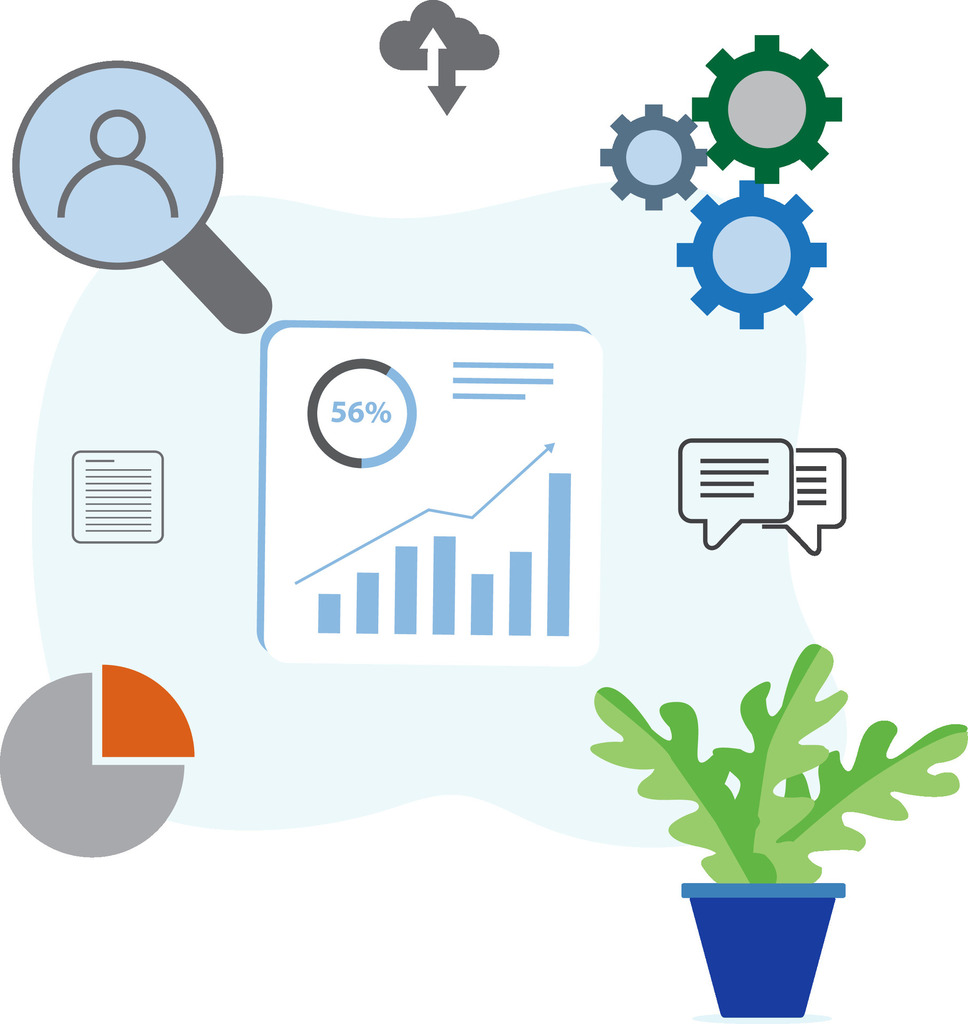
Sophisticated platforms elevate data collection through visual engagement and technical precision. Leading solutions combine aesthetic flexibility with functional reliability, ensuring every interaction strengthens brand identity while gathering critical insights.
Creative Custom Themes and Branding Options
Professional-grade platforms let organizations mirror their visual identity in every survey. Tools like SurveyPlanet offer pre-built templates alongside custom color palettes and font selectors. Users upload logos, embed website links, and insert images directly into questions—transforming standard forms into branded experiences.
Drag-and-drop editors empower teams to craft polished questionnaires without coding expertise. Preview modes simulate how surveys appear across devices, ensuring consistent presentation before launch. This attention to detail builds credibility—79% of respondents trust branded forms more than generic ones.
Responsive Layouts for Multi-Device Experience
Modern platforms automatically adjust questionnaires for smartphones, tablets, and desktops. Dynamic scaling maintains readability and functionality regardless of screen size. Research shows mobile-optimized designs achieve 38% higher completion rates than static formats.
| Device Type | Avg. Completion Rate | Avg. Time Spent |
|---|---|---|
| Mobile | 61% | 2.1 min |
| Desktop | 57% | 3.4 min |
Custom success URLs and redirects integrate feedback mechanisms seamlessly into existing website structures. This cohesion ensures participants transition smoothly between platforms, reducing abandonment during multi-step campaigns.
Leveraging AI and Automation for Efficient Survey Creation
Artificial intelligence reshapes how organizations gather and interpret audience input. Instead of manual processes, smart tools now handle everything from drafting questionnaires to uncovering hidden trends. This shift accelerates decision-making while reducing human error.
AI-Generated Questions and Data Analysis
Leading platforms like SurveyPlanet use machine learning to craft targeted questions. Their algorithms analyze research goals and past survey patterns to suggest relevant topics. This ensures every questionnaire captures essential data without redundant or vague prompts.
Automated systems also process responses at scale. Natural language processing detects sentiment in open-ended answers, categorizing feedback as positive, neutral, or negative. Teams instantly see which issues demand attention—like a hotel chain identifying housekeeping complaints across 10,000 reviews.
- Machine learning spots trends human analysts miss, such as regional preference differences
- Real-time dashboards highlight emerging patterns in customer feedback
- Predictive models forecast satisfaction changes based on historical results
These insights integrate with tools like CRM systems, turning raw data into retention strategies. A retail brand used this approach to reduce product returns by 22% within six months.
AI-driven platforms cut questionnaire design time by 70% while improving response quality. They adapt question types based on participant behavior—switching to sliders if users skip text boxes. This flexibility keeps surveys engaging and effective.
Enhancing Customer Satisfaction Through Targeted Surveys
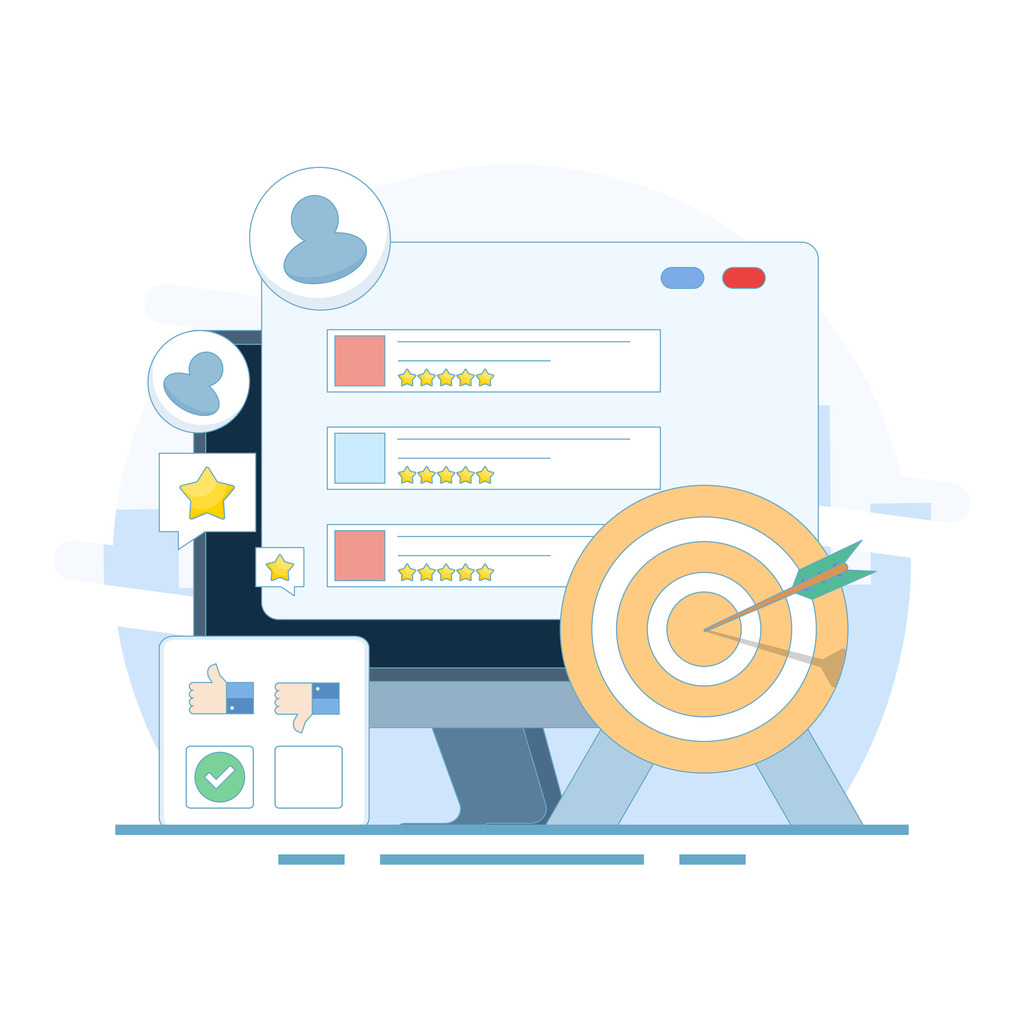
Businesses achieve lasting success by aligning operations with client expectations through precise feedback mechanisms. Targeted satisfaction surveys act as diagnostic tools, measuring specific aspects of the user experience like product quality or support interactions. This approach identifies urgent improvement areas—a hotel chain discovered housekeeping delays caused 43% of negative reviews through such analysis.
Organizations track service metrics systematically using these tools. A telecom provider reduced billing disputes by 31% after quarterly surveys revealed confusing charge descriptions. Platforms enable segmentation by demographics or purchase history, delivering personalized questions that yield actionable insights.
- Compare performance against industry benchmarks using standardized scoring systems
- Link satisfaction data to behavioral patterns like repeat purchases or churn rates
- Deploy surveys at critical journey stages—post-purchase or service resolution
| Survey Focus | Response Rate | Satisfaction Increase |
|---|---|---|
| Product Quality | 68% | 19% |
| Support Interactions | 55% | 27% |
Quantifiable metrics demonstrate ROI to stakeholders. A retail brand boosted loyalty program sign-ups by 40% after sharing survey-driven improvements. These strategies turn casual feedback into measurable business outcomes, ensuring resources target changes that directly enhance customer satisfaction.
Designing Surveys with Customization at the Core
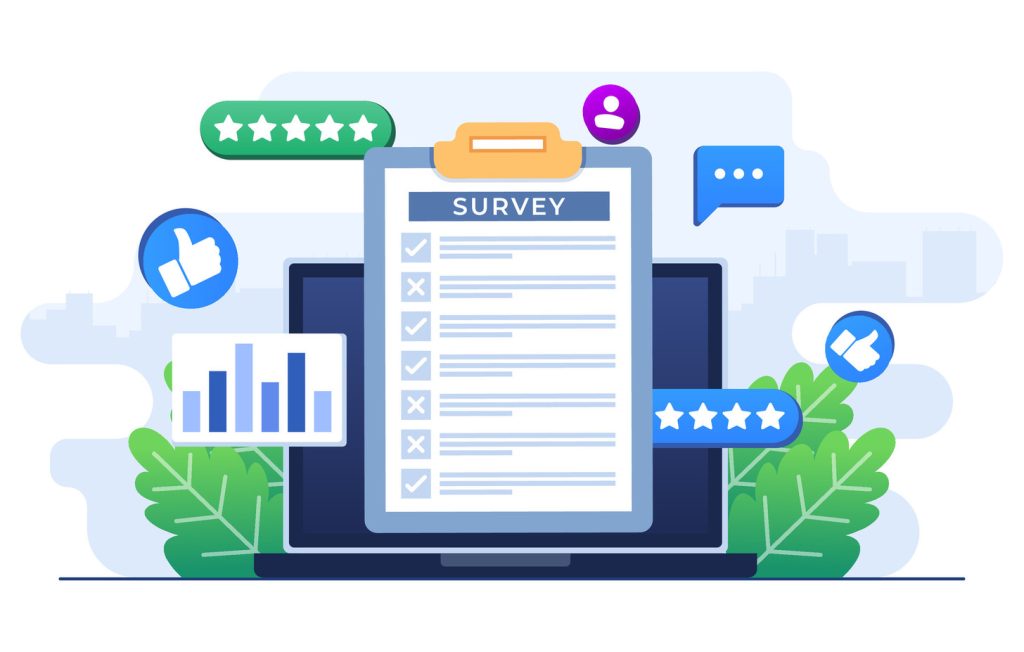
Professionally designed templates accelerate feedback collection while maintaining brand integrity. Leading platforms provide pre-built frameworks that balance structure with adaptability, letting teams create surveys faster without sacrificing quality.
Incorporating Pre-Written Questions and Templates
Platforms like Jotform offer over 800 ready-to-use survey templates spanning market research and employee evaluations. These frameworks incorporate proven question sequences that yield reliable data. Users select industry-specific designs—from healthcare intake forms to retail satisfaction assessments—then modify them using drag-and-drop tools.
Pre-written questions eliminate guesswork in phrasing. Organizations access libraries covering common objectives like product testing or event feedback. A logistics company might combine standard delivery-time queries with custom prompts about packaging preferences, ensuring comprehensive insights.
Template-based systems enforce consistency across multiple campaigns. Teams replicate successful structures for regional branches or quarterly assessments while adding unique elements. This approach maintains comparability over time—a hotel chain tracks cleanliness ratings monthly using the same core questions.
Advanced editors let non-technical users adjust layouts in minutes. Change colors to match brand guidelines or reorder sections based on priority. Real-time previews ensure every modification appears correctly across devices before launch.
By blending pre-built efficiency with tailored adjustments, businesses create surveys that align precisely with their goals. This strategy reduces development time by 68% compared to building from scratch, according to recent data. Ready-made frameworks become springboards for innovation rather than constraints.
Integrating Conditional Logic and Branching Effectively
Tailoring survey paths based on participant input ensures more relevant and engaging interactions. Advanced platforms now let organizations create adaptive questionnaires that respond to answers in real time. This eliminates generic formats, replacing them with focused exchanges that respect respondents’ time.
Improving Response Rates with Tailored Question Paths
Branching logic lets businesses hide irrelevant questions based on prior responses. For example, a software company skips feature-related prompts if users rate their experience poorly. This precision keeps participants invested—studies show dynamic surveys achieve 51% higher completion rates than linear formats.
| Survey Type | Avg. Completion | Avg. Time |
|---|---|---|
| Linear Format | 47% | 4.2 min |
| Branching Logic | 71% | 2.8 min |
Skip patterns reduce fatigue by removing redundant steps. A retail chain used this approach to shorten product feedback forms by 40%, maintaining data quality. Participants only see applicable prompts, which increases answer accuracy and reduces drop-offs.
Sophisticated systems handle multi-path scenarios effortlessly. Platforms route users through distinct question sets based on demographics or preferences. This allows organizations to gather segmented insights within a single survey, cutting administrative costs while boosting response diversity.
Optimizing Survey Data Collection and Real-Time Analysis
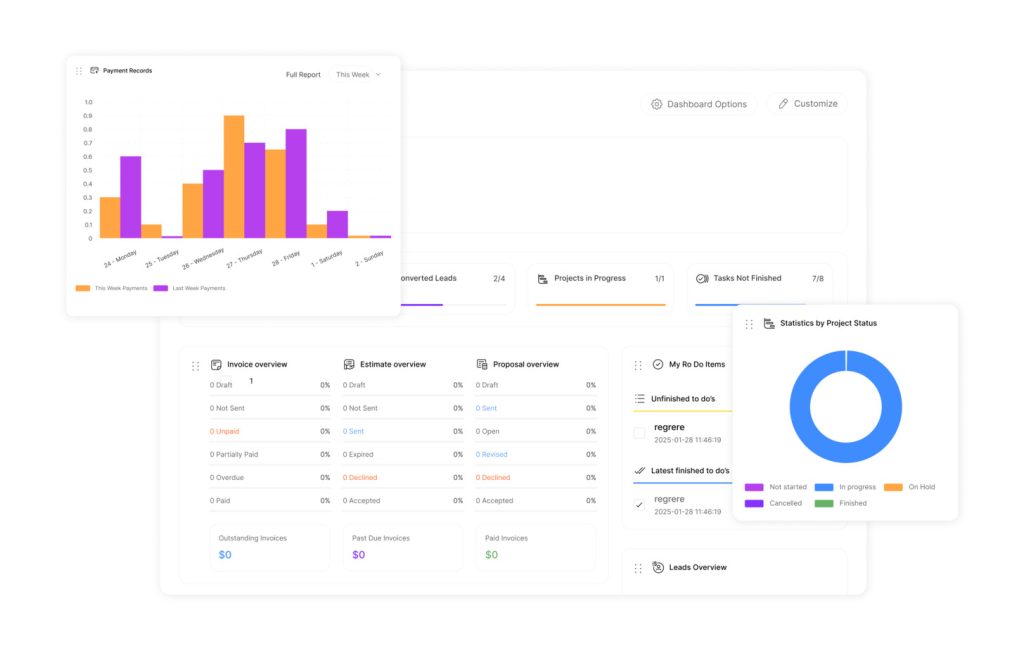
Immediate access to insights separates proactive organizations from reactive ones. Modern platforms track data collection as responses arrive, letting teams spot trends while campaigns run. Tools like Jotform Tables merge spreadsheet simplicity with database power, filtering raw information to expose hidden patterns.
Real-time dashboards transform numbers into visual stories. Decision-makers monitor response rates, regional differences, and sentiment shifts without manual calculations. A retail chain used live survey results to adjust holiday promotions mid-campaign, boosting sales by 14%.
Automation eliminates spreadsheet errors and delays. Systems categorize open-ended answers, apply scoring models, and update reports hourly. This precision helps teams act fast—like a healthcare provider that reduced patient wait times by 22% after analyzing real-time feedback.
Advanced tools simplify complex datasets. Heatmaps highlight popular features, while correlation matrices reveal unexpected connections. For example, a software firm discovered users who watched tutorial videos reported 31% higher satisfaction—a finding that reshaped their onboarding strategy.
Long-term analysis benefits from consistent data standards. Platforms archive historical results, enabling year-over-year comparisons. This approach helped a university improve course ratings by 19% across three consecutive semesters.
By merging speed with accuracy, businesses turn feedback into fuel for growth. The right tools don’t just gather information—they spotlight what matters most.
Utilizing Mobile-Friendly and Online Survey Platforms
Mobile devices now dominate how audiences interact with businesses globally. Organizations require tools that adapt to this shift while maintaining data accuracy. Modern online survey platforms meet this demand through responsive designs accessible on smartphones, tablets, and desktops.
Jotform Mobile Forms exemplifies this evolution. Its offline capabilities let field teams collect data at trade shows or remote sites without internet access. Responses sync automatically when connectivity resumes, preserving real-time insights.
Ensuring a Seamless User Experience Across Devices
Adaptive layouts adjust question formats based on screen size. Buttons enlarge for thumb taps, while grids reorganize vertically for scrolling. This optimization reduces abandonment rates—mobile-friendly forms see 24% faster completion time than desktop versions.
| Device Type | Avg. Completion Rate | Error Rate |
|---|---|---|
| Smartphone | 63% | 4.1% |
| Tablet | 58% | 5.3% |
Global teams benefit from synchronized access. Sales reps update client feedback via app during site visits, while managers analyze trends on office dashboards. This alignment eliminates version conflicts and delays.
Event organizers leverage these tools to capture instant attendee reactions. A conference planner boosted response rates by 37% using QR codes linked to mobile-optimized forms. Immediate access to preferences shaped next-day session adjustments.
Cross-device consistency builds trust. Participants encounter identical branding and navigation whether using iOS or Android. This reliability turns casual feedback into strategic assets across all touchpoints.
Best Practices for Crafting Effective Survey Questions

Well-crafted survey questions form the backbone of meaningful data collection. Organizations achieve reliable results by balancing precision with participant engagement through strategic design principles.
Techniques for Avoiding Bias and Enhancing Clarity
Neutral phrasing eliminates leading language that skews responses. Instead of “How excellent was our service?” use “Rate your experience.” This approach reduces response bias while maintaining objective metrics.
Randomizing question order prevents sequence patterns from influencing answers. Balanced scales (1-5 vs 1-10) ensure consistency across demographics. Pilot testing with small groups identifies confusing wording before full deployment.
Strategies for Engaging Respondents
Interactive elements like sliders or image-based ratings boost completion rates by 29%. Short, focused formats respect participants’ time—62% abandon surveys exceeding seven minutes.
Progressive disclosure reveals follow-up questions based on prior answers, creating tailored experiences. Visual progress bars motivate completion, while multilingual options expand reach. These techniques transform the feedback process into collaborative exchanges rather than tedious tasks.
By merging analytical rigor with thoughtful design, businesses extract deeper insights. Every survey question becomes a strategic tool for operational refinement and growth.

